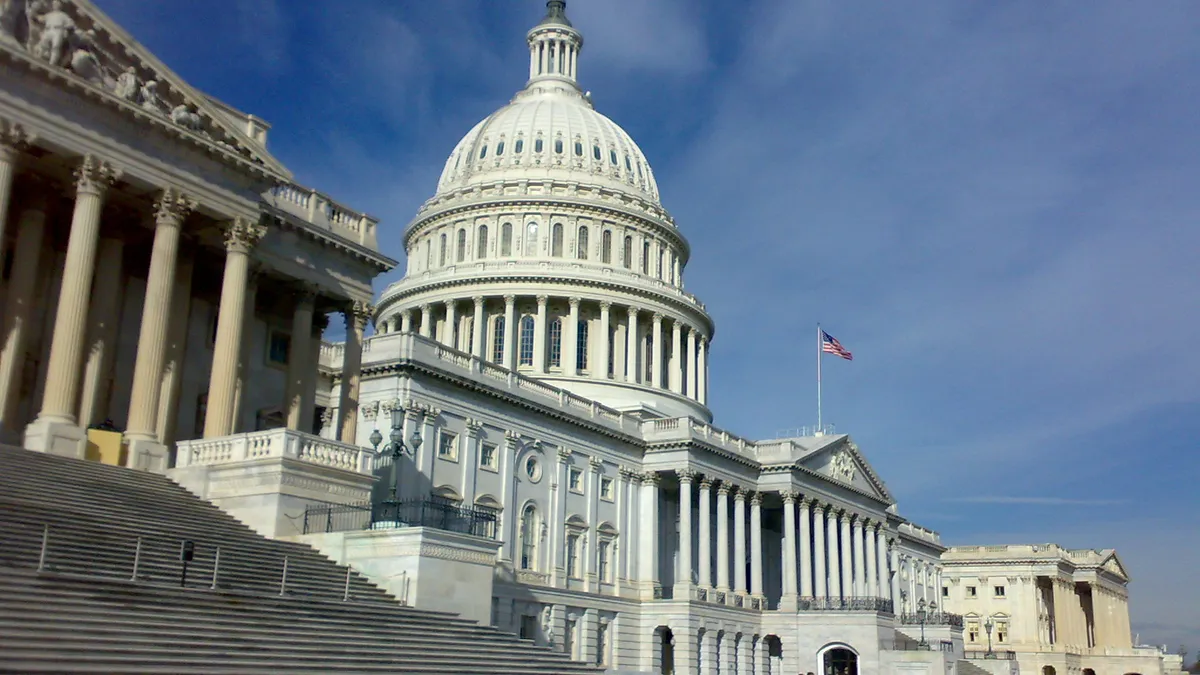Dive Brief:
- A bipartisan reauthorization of the Carl D. Perkins Career and Technical Education (CTE) Act was passed Wednesday and sent to President Donald Trump following several weeks of lobbying from the Trump administration and the business community, Education Week reports.
- The bill is expected to prevent the U.S. education secretary from mandating states' CTE assessments or standards, leave states in charge of setting their own CTE goals, require states to make "meaningful progress" toward those goals, set "core indicators" for CTE student performance that includes graduation rate and rate of continuing to postsecondary or advanced training, and require CTE programs to be aligned to state and local needs.
- While the bill has also received praise from the American Federation of Teachers and Council of Chief State School Officers, the Association for Career and Technical Education and Advance CTE have expressed concerns that states might set "unambitious" targets for students, while AASA, the School Superintendents Association, said the bill was "hastily written" and has too much "prescriptive accountability."
Dive Insight:
The Trump administration has made CTE a priority — which ultimately falls in line with the brand President Trump built in his previous role as star of the reality TV competition "The Apprentice." But more robust CTE options have been needed for some time now as the push for every student to be college-ready has hit some resistance with the realization that not every student has the means or desire to pursue higher education, as well as a shifting economy requiring more technical skills as traditional blue-collar fields are disrupted by new technologies.
Students who would typically enter those fields after high school must now be prepared for technical fields like coding so they have a better opportunity to succeed after secondary education. And with some states now offering free community college pathways, there's more incentive (and more time) for those students to pursue that training, making this reauthorization all the more timely.
With clearer guidelines and expectations around CTE offerings, states and districts can now hopefully better prepare these offerings and give students a wider range of options for their futures. Supporters, for instance, have lauded parts of the bill that would improve dual enrollment. The AACC reports dual enrollment has grown steadily over the last 15 years, with estimates of 1.3 million high school students taking college credit courses in the 2015-2016 academic year.
Further research from the Georgetown University Center on Education and the Workforce students also lack information that would help them be prepared for the workforce. The report's five recommendations, including the flow of that data and improvement to career centers, reflects many of the goals outlined in the CTE bill.













